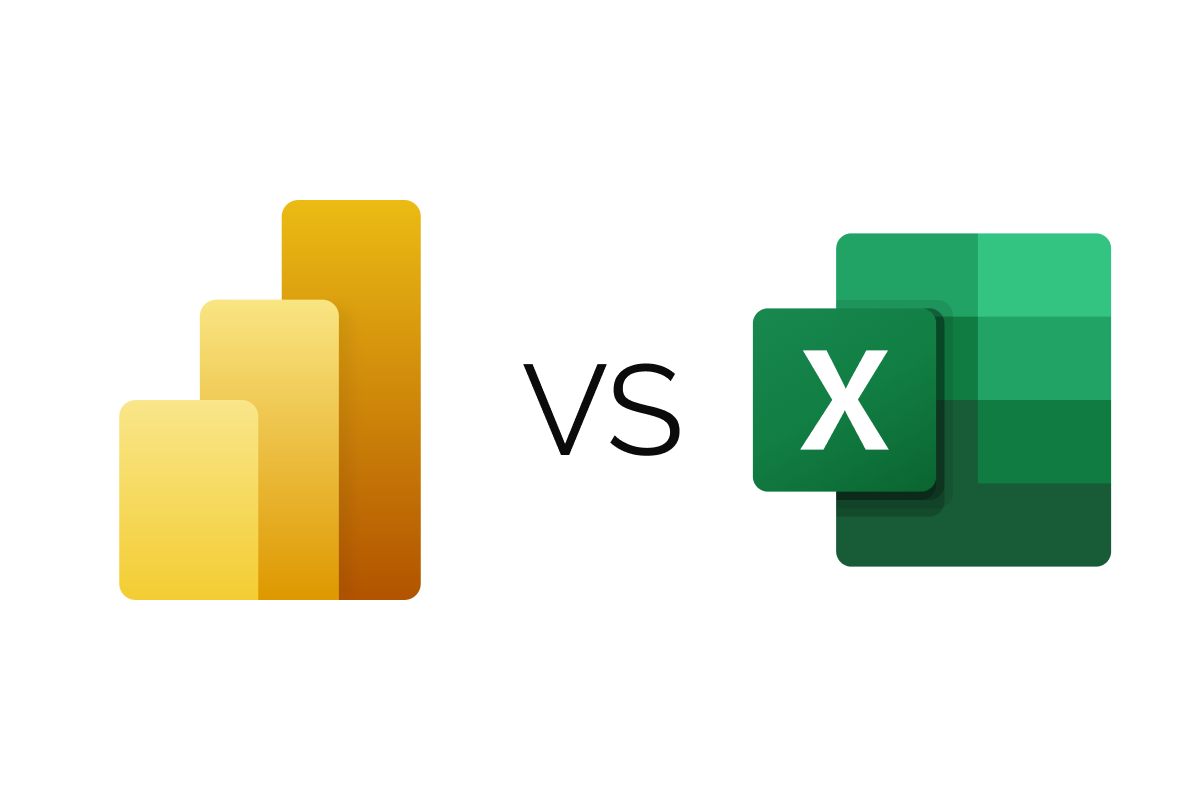Advantages of Power BI over Excel

Microsoft Power BI and Excel are two of the most widely used tools for data analysis. In today’s business world, it’s crucial that companies use the right tools to maximize the impact of their data. Through data, businesses can understand performance, improve processes, and gain better insights into consumer behavior. This article will explore the primary advantages of using Power BI over Excel for data analysis.
Overview: Power BI and Excel
Although Power BI and Excel are both part of the Microsoft family and used for data processing and analysis, they have varying capabilities. For advanced data analysis, integrating multiple data sources, real-time updates, and creating more visually appealing dashboards, Power BI reigns supreme.
Excel: A Staple in Data Management
Since its release in 1985, Microsoft Excel has become a common tool in both business and academic settings. As an all-purpose spreadsheet program, Excel provides an accessible way to organize and analyze data. It’s primarily used for:
- Functions and formulas
- Data visualization
- Templates
- Data transformations
Recognizing the need for a more robust Business Intelligence tool, Microsoft introduced Power BI in 2014. Its main purpose is to track Key Performance Indicators (KPIs) and analyze business data.
Power BI: A Comprehensive Solution
Power BI consists of three main applications: Power BI Desktop, Power BI Service, and Power BI Mobile Apps. It offers a range of features, including:
- Artificial Intelligence (AI)
- Handling a wide variety of data sources and connections
- Complex calculations using DAX
The strength of Power BI lies in its ability to handle complex datasets. It can analyze millions of rows of data and create interactive dashboards for deeper data insights. Additionally, Power BI is highly secure, allowing administrators to control user access levels without exposing underlying data. In contrast, Excel lacks these sophisticated security features.
Integration and Real-Time Updates
Power BI seamlessly integrates with data sources such as SAP, Salesforce, and SQL Connect, unlike Excel, which has limited integration capabilities. Power BI can connect to a wide variety of data sources, including Excel spreadsheets, cloud services, files in different formats, Big Data tools, and web applications.
One of the most significant advantages of Power BI is real-time data updates. Users can discover trends, gain insights, and collaborate with their teams using dynamically generated dashboards and reports. This ensures that data is always up-to-date without manual refreshing. Compared to Excel dashboards, Power BI dashboards are more visually appealing, interactive, and customizable.
Practical Application: A Hockey Team Analysis
Imagine you’ve been the coach of a hockey team for many years and your team struggles to score goals against a particular opponent. Using Power BI, you could perform a detailed analysis of passing lane usage over the course of several games in one season or multiple seasons against this opponent. With this understanding, you can adjust your game plan to improve overall performance.
In this scenario, Power BI offers several benefits:
- Easy to maintain, modify, and understand
- No coding required (Python, Matplotlib, D3, etc.)
- Supports multiple data sources (e.g., video, hockey data providers like StatsBomb, Opta)
- User-friendly platform with mobile and iPad applications (Power Apps), dashboards, and reports (Power BI)
Conclusion
Excel and Power BI offer comprehensive capabilities for working with, analyzing, and processing data. While they share some similarities, their characteristics and functions differ. Power BI is especially useful for handling Big Data, creating visualizations, collaborating in teams, and integrating data from multiple sources to make data-driven decisions.

